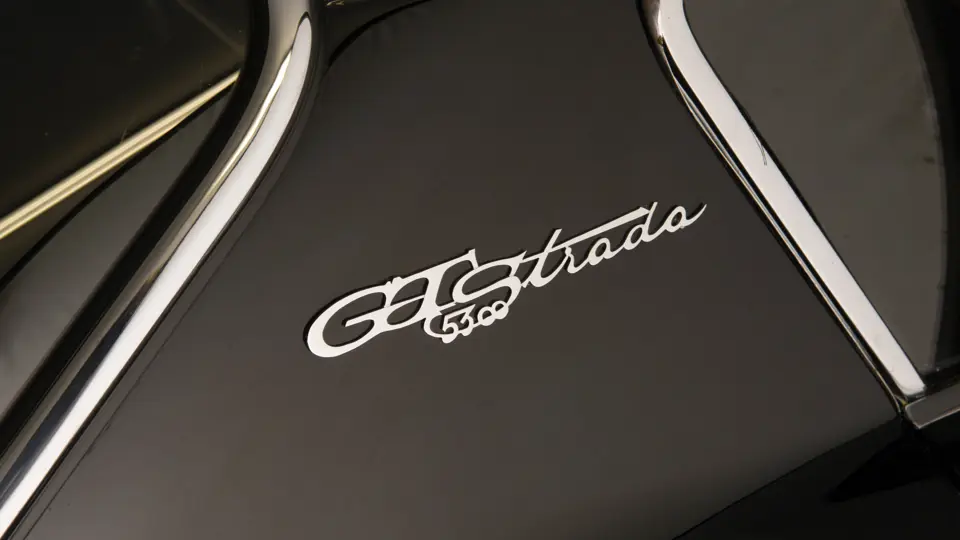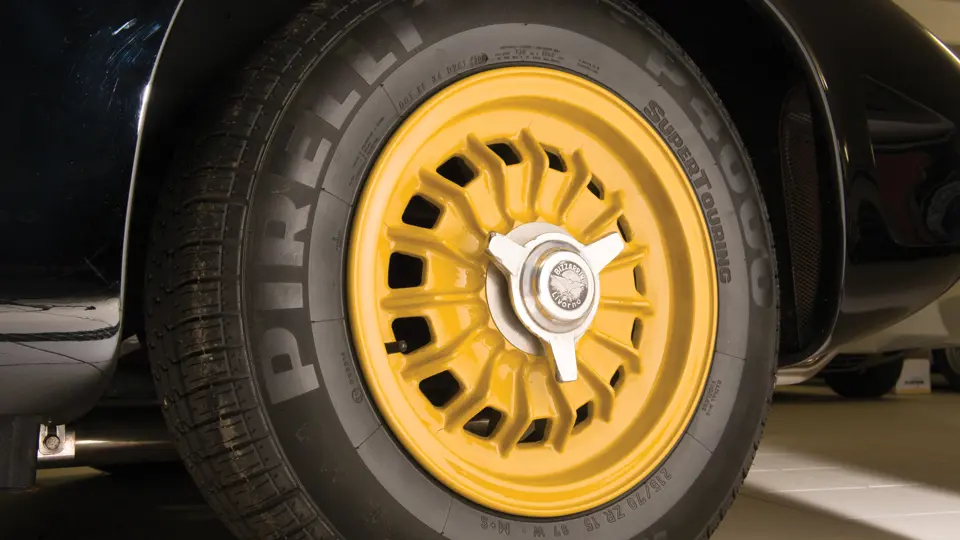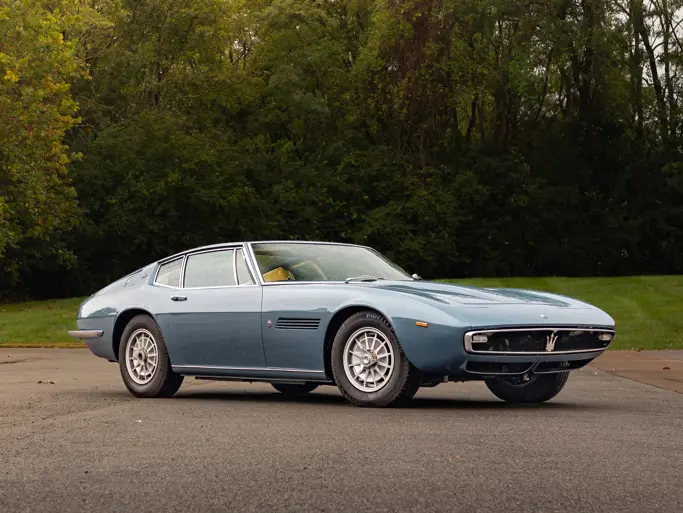350 bhp, 5,359 cc OHV V-8 engine with a single four-barrel carburettor, four-speed manual transmission, independent front suspension via wishbones, coil springs, telescopic shocks, and an anti-roll bar, de Dion rear axle with coil springs, hydraulic shocks, longitudinal struts, and an anti-roll bar rear suspension, and four-wheel disc brakes. Wheelbase: 2,450 mm
Giotto Bizzarrini worked for Renzo Rivolta, the Italian refrigerator, motorcycle, and automobile manufacturer, at Iso SpA in Milan. Rivolta had moved on from the Isetta mini-cars of the 1950s, selling the rights to BMW, and settled in to build supercars using potent and reliable American powerplants. Bizzarrini, as chief engineer, developed the Iso Rivolta, a Chevrolet-powered four-passenger GT coupé with a Bertone unibody that had been styled by Giorgetto Giugiaro. A successor two-seat model, the Iso Grifo, was developed in 1963.
The basic Grifo was the A3/L street model, but Bizzarrini favoured a competition version, which he developed as A3/C. This had a dramatically modified alloy body, designed and built by Piero Drogo, which allowed the engine to move aft by some 16 inches, giving rise to the “front-mid-engined” configuration that became popular.
Bizzarrini worked hard to promote the A3/C, which caused some discontent with Renzo Rivolta. After 22 A3/Cs had been built, a falling out with Rivolta led Bizzarrini to leave and form his own company, Prototipi Bizzarrini SpA, at Livorno in 1965. There, he released a street version of the Iso Grifo A3/C as the Bizzarrini GT Strada 5300. At just 43 inches high, it has been described as “power-packed yet sensuous”. Just 133 Bizzarrini GT Strada 5300s were built up until 1968. Bizzarrini also scaled down the 5300 as a 1900 GT Europa for Opel and had developed a rear-mid-engine race car, the P538, before winding down Prototipi Bizzarrini in 1969.
This Bizzarrini GT Strada, chassis number 0248, was first titled in Italy in 1966, although the original owner is unknown. As a very early alloy example, it was actually built by Bizzarrini himself before Salvatore Diomante became the factory manager. It is believed that the car was raced in local hill climbs and rallies throughout Italy and France during the 1960s and ’70s. In 1975, it was purchased by Swiss historian Rob de la Rive Box and sold shortly thereafter to Jan Lilliesköld, of Stockholm. The Fendt Collection acquired it in 2007.
Between 2008 and 2010, it was restored by Hans Wittenzellner in Munich. Mr Wittenzellner had worked on Iso Rivoltas and Bizzarrinis during the 1960s and ’70s with Auto König in Munich. The work was carefully done, taking into account the nice original patina found on the original instruments, glass, door handles, wheels, and the like. The underlying structure and panels were restored by Kupka Karosseriebau, of Hebertshausen, Germany, to better-than-new condition.
During the car’s lifetime, it has experienced a few changes. The original engine was replaced with a 350-horsepower, 327-cubic inch Chevrolet V-8, with a steel crankshaft, from an Iso Grifo, chassis number 218, which was a 1968 car that was scrapped. The original manifold and Holley carburettor were swapped for a 600 CFM Edelbrock unit for more spirited driving on the German autobahn, although the manifold remains with the car. Larger, metric-size tyres are now fitted: 205/70 R15 in the front and 215/70 R15 in the rear. It is also finished in its original black-over-black combination with gold-painted wheels, as it appears in historic photographs.
The car completed the FIVA Concours d’Elegance Schloss Dyck in 2011, achieving Second Place in Class 1, Rare GTs, as well as First Place in the Sports Origin class. It is accompanied by historic photos and a FIVA Identity Card, category D/4, and is eligible for all sanctioned events. With the installation of the original manifold and a correct Holley carburettor, which is easy to source, the car would be eligible for A/3 categorisation.
The Bizzarini 5300 GT was created from the great mind that gave us the fabled Ferrari 250 GTO, and as such, it has equally aggressive looks and the race-bred performance of one of the most successful and highly prized of all 1960s sports cars.






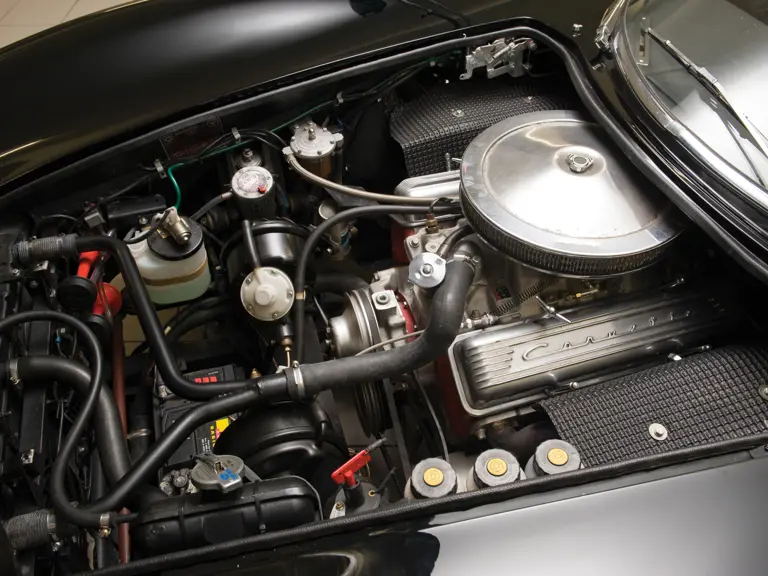
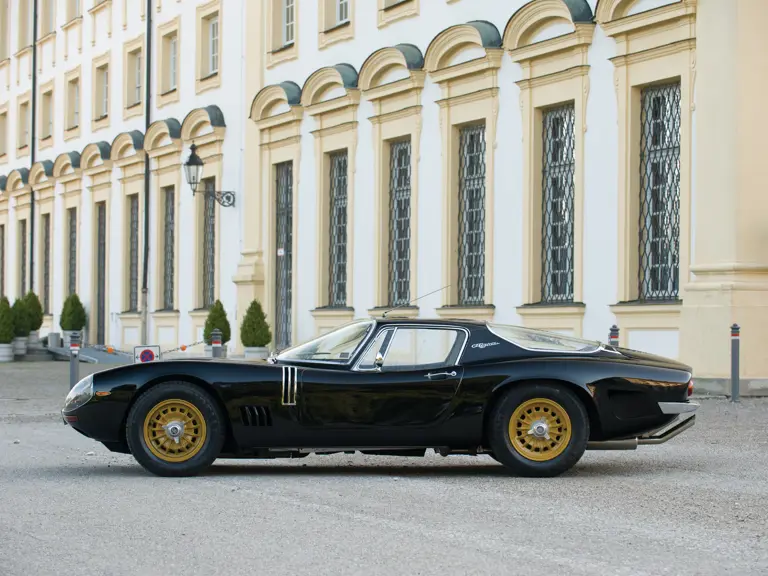

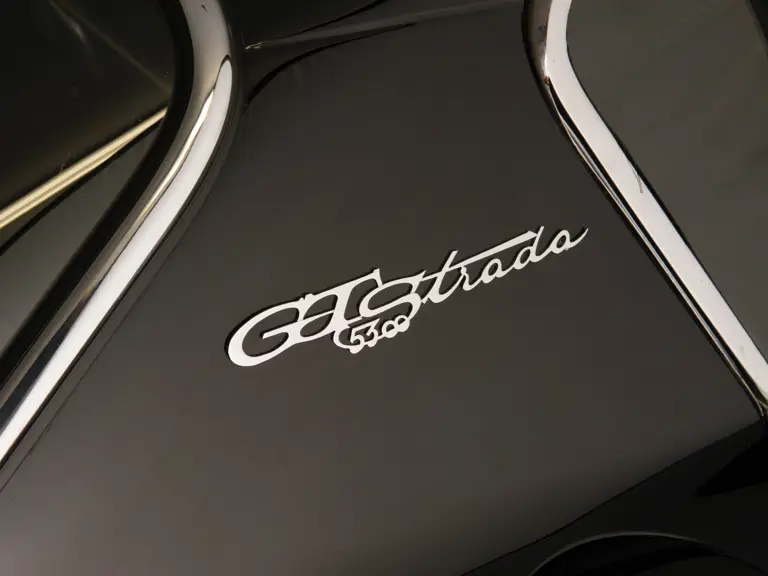
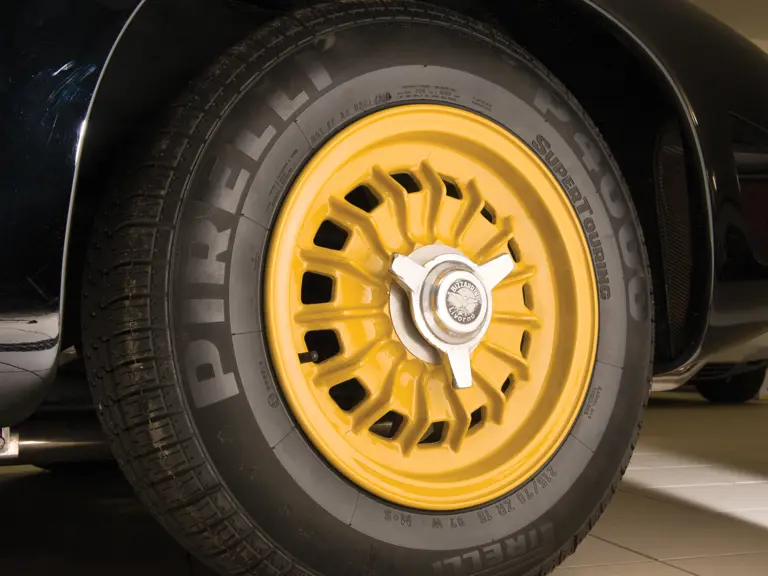
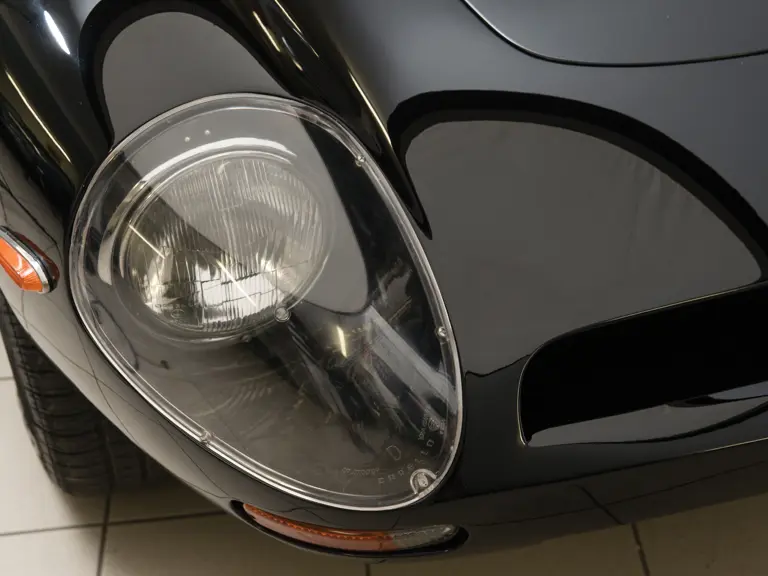


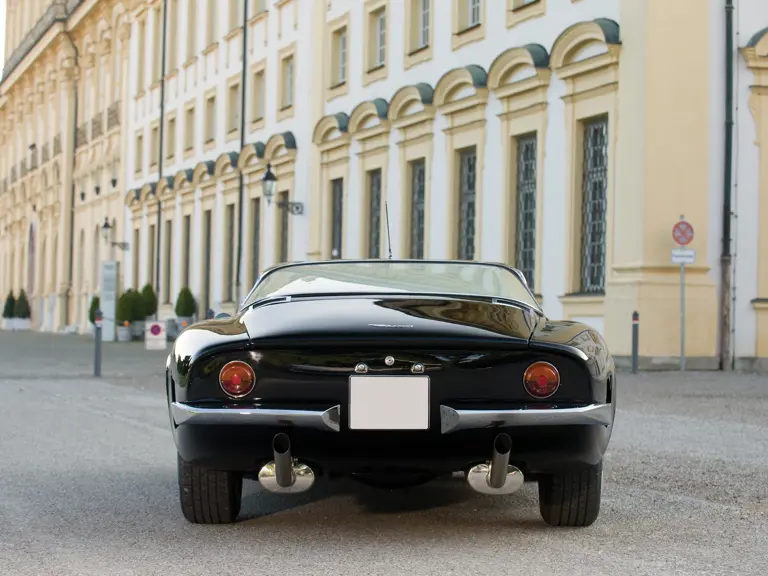
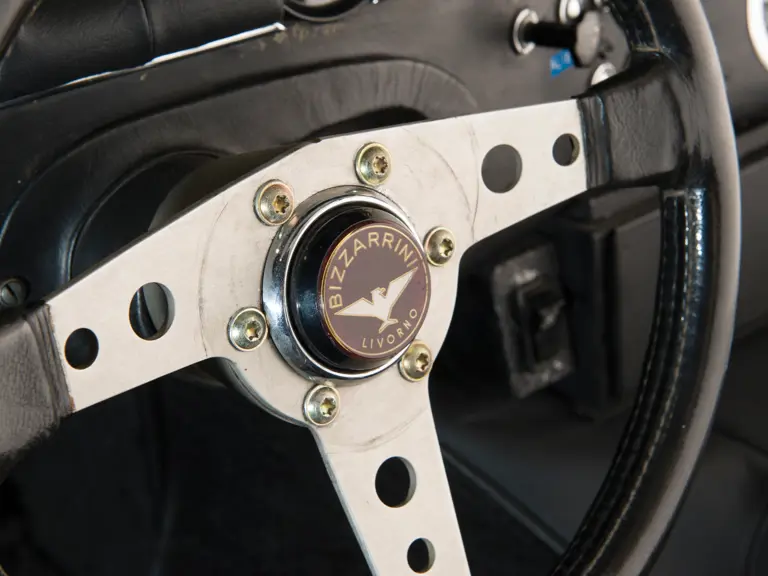
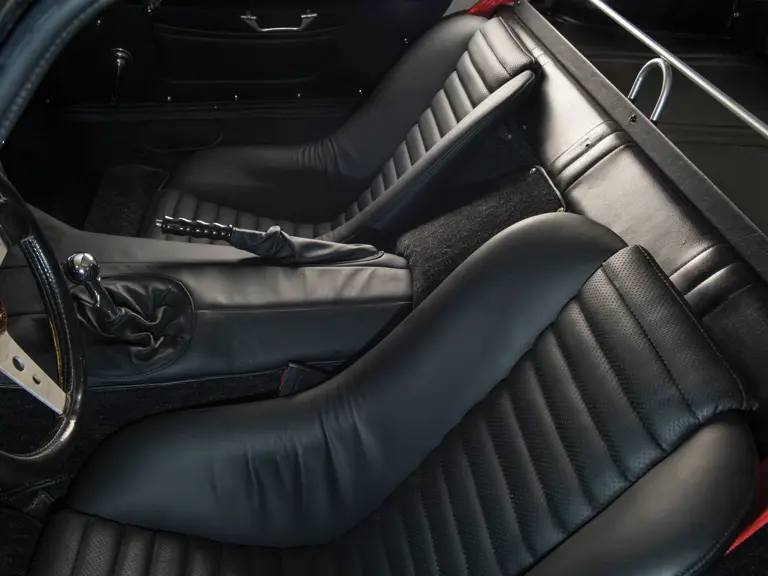
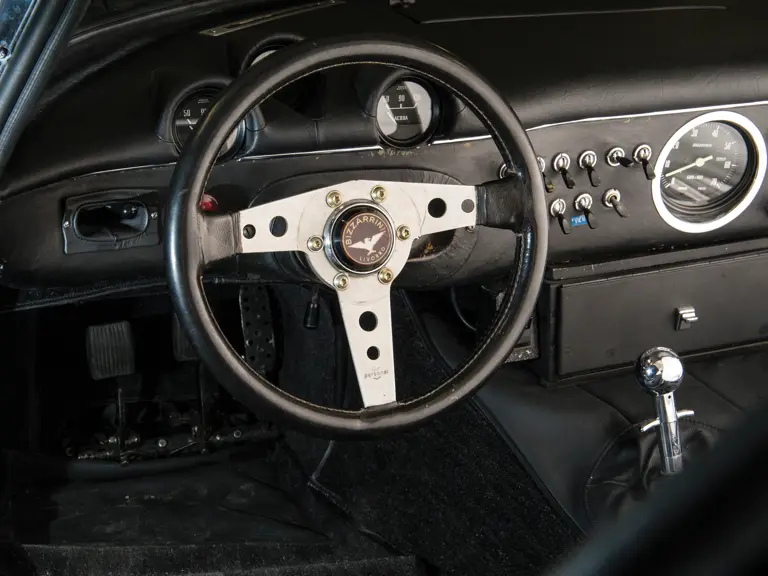



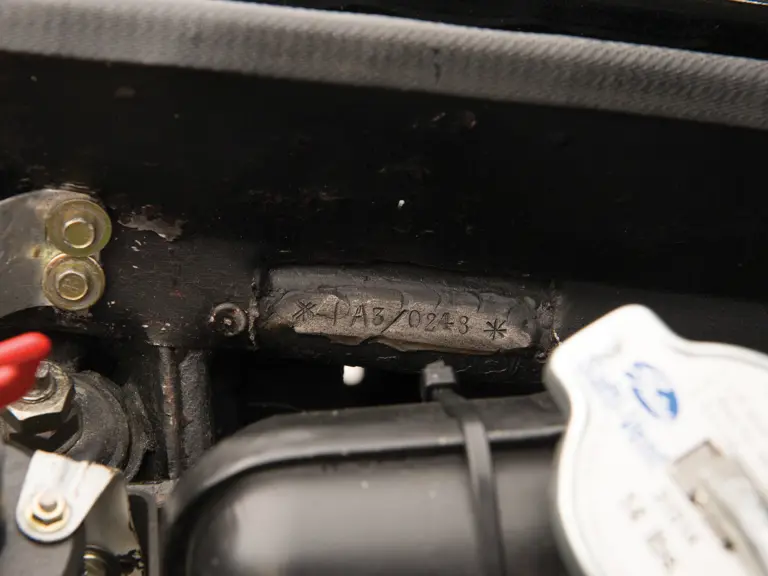

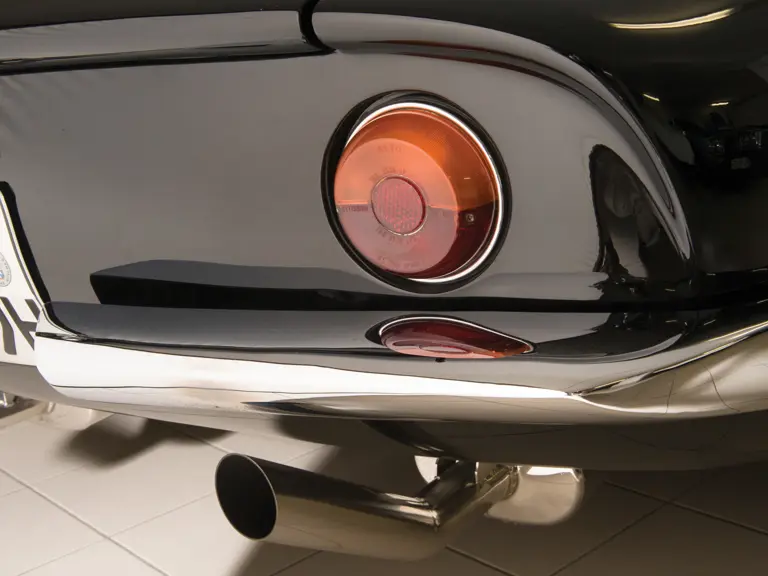
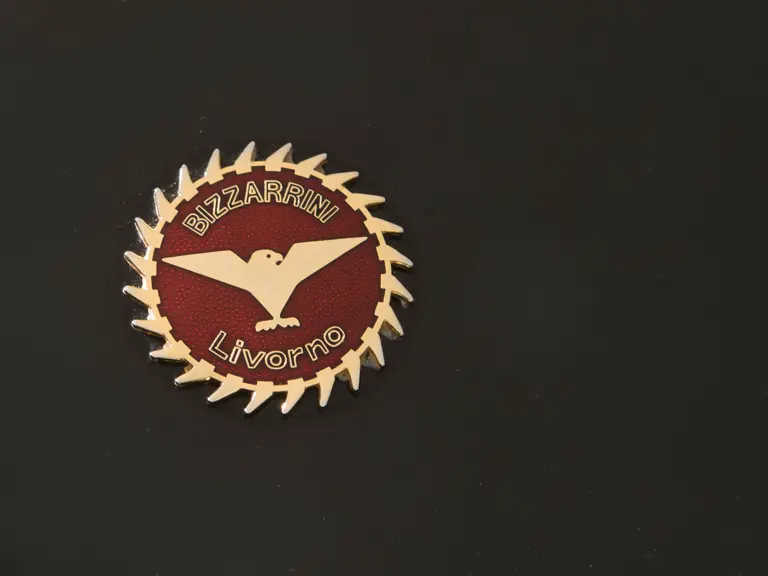
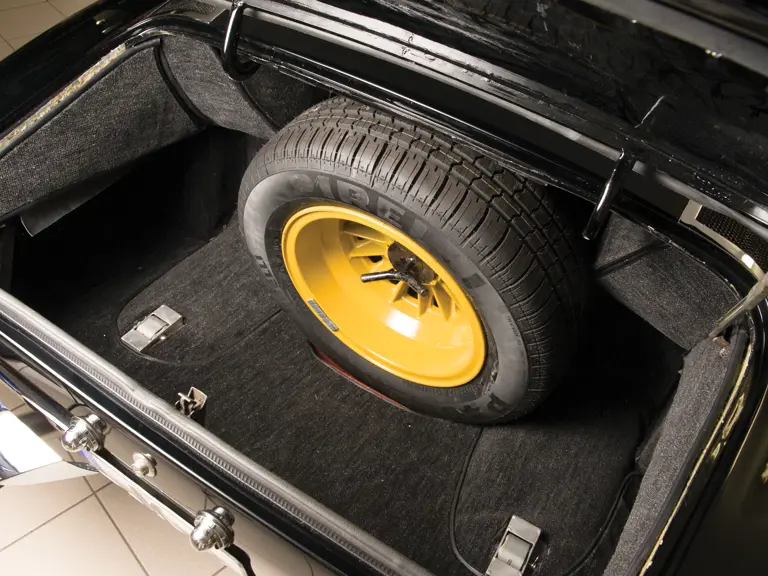
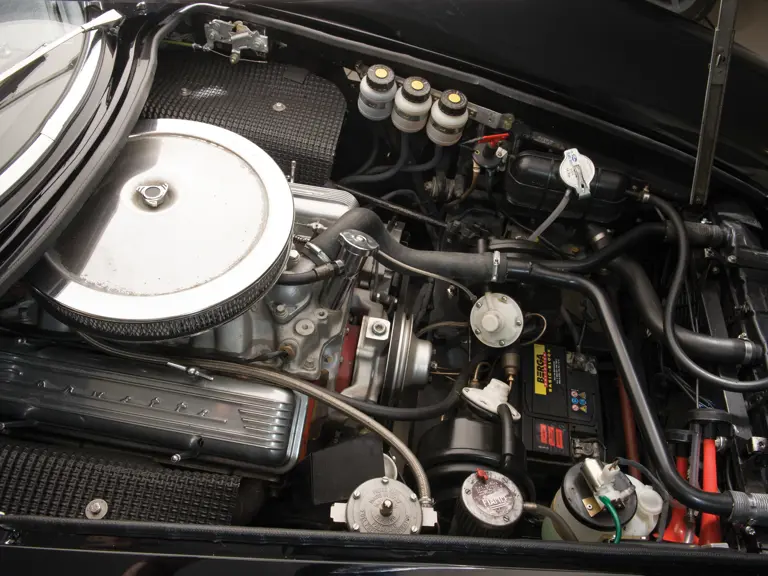


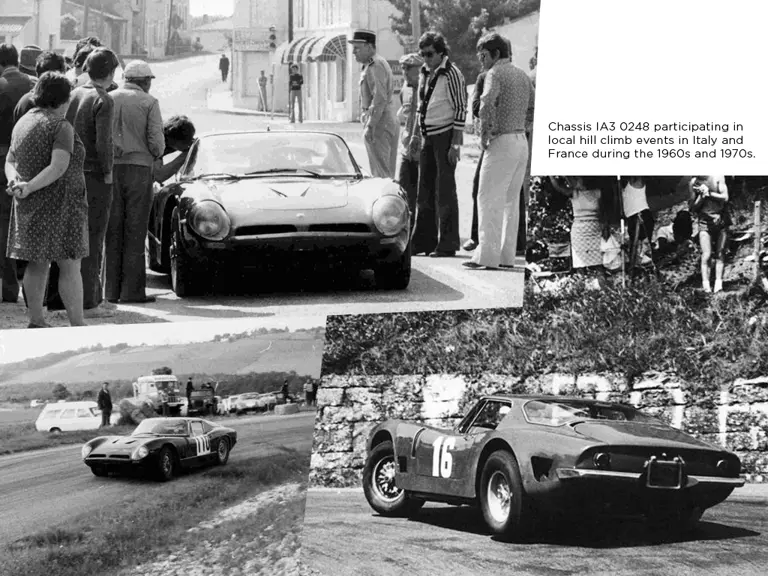

 | London, United Kingdom
| London, United Kingdom

